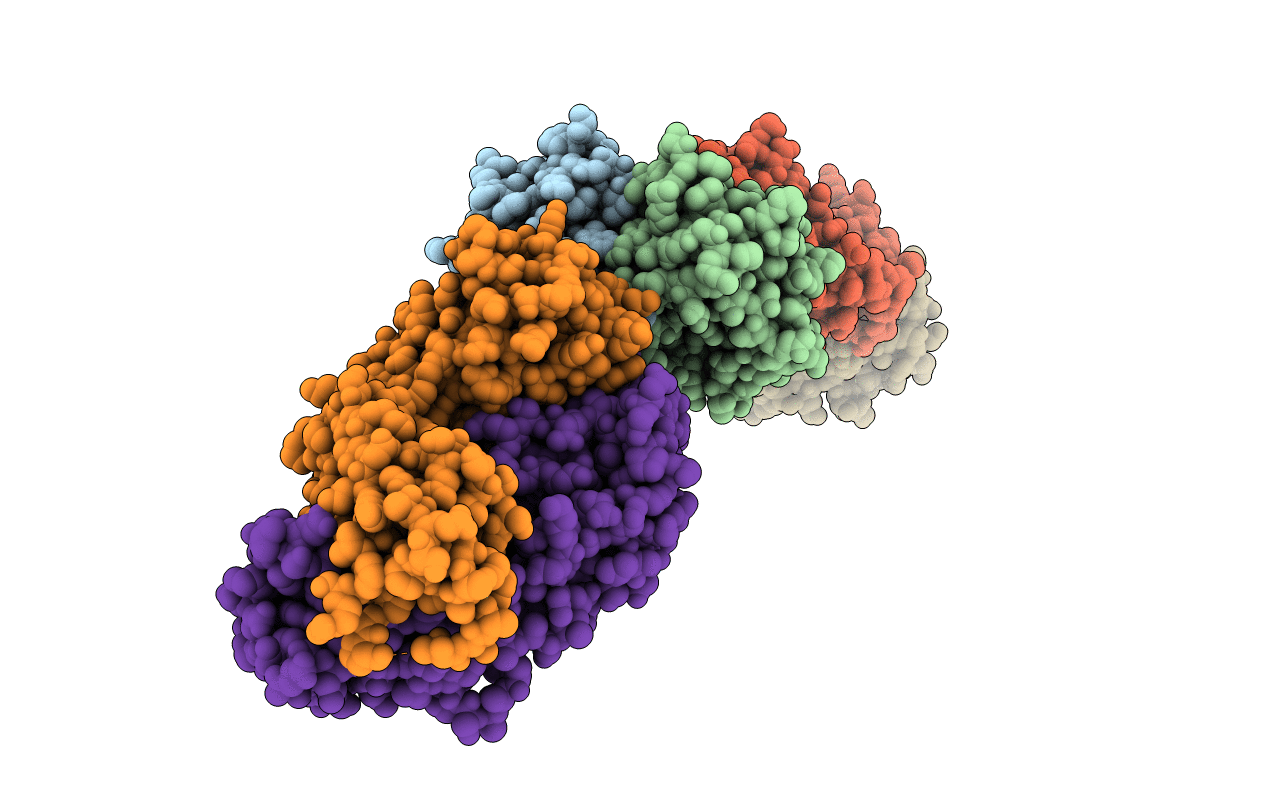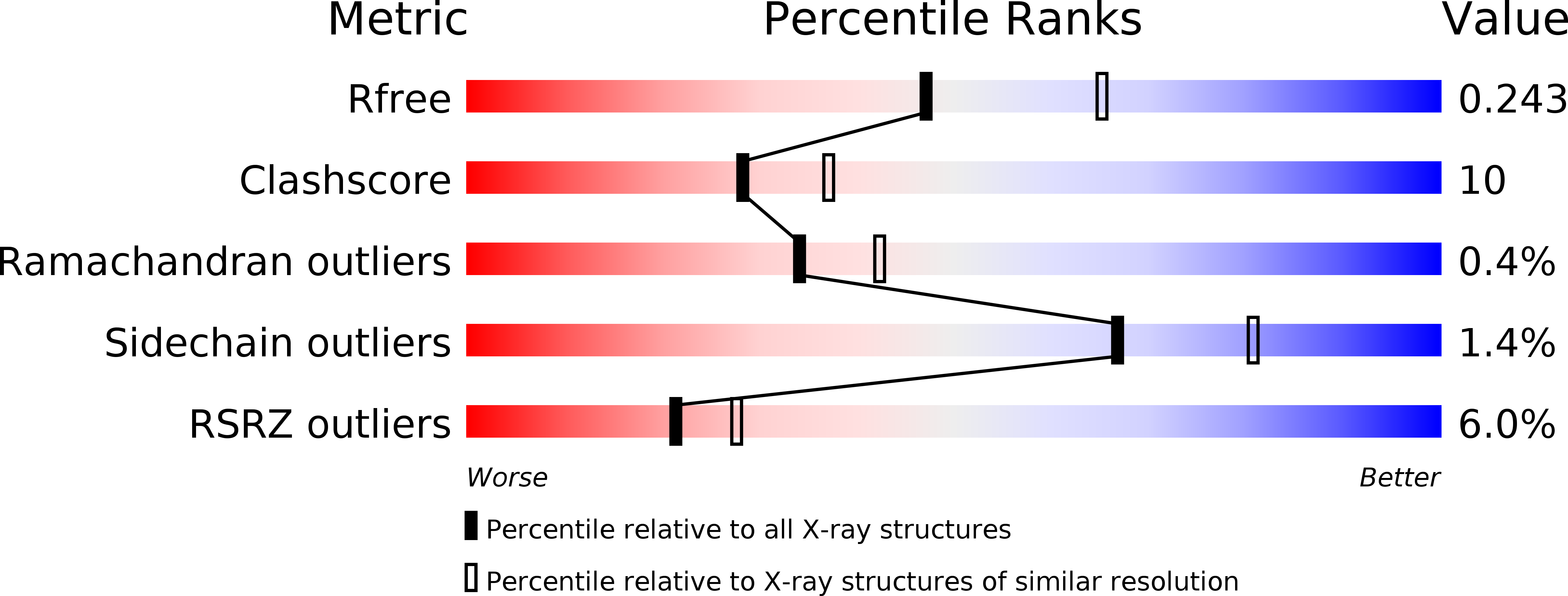
Deposition Date
2014-05-18
Release Date
2015-04-15
Last Version Date
2024-11-06
Entry Detail
PDB ID:
4PLJ
Keywords:
Title:
Hepatitis E Virus E2s domain (Genotype IV) in complex with a neutralizing antibody 8G12
Biological Source:
Source Organism:
Hepatitis E virus (Taxon ID: 12461)
Mus musculus (Taxon ID: 10090)
Mus musculus (Taxon ID: 10090)
Host Organism:
Method Details:
Experimental Method:
Resolution:
2.30 Å
R-Value Free:
0.24
R-Value Work:
0.18
R-Value Observed:
0.18
Space Group:
P 1 21 1


